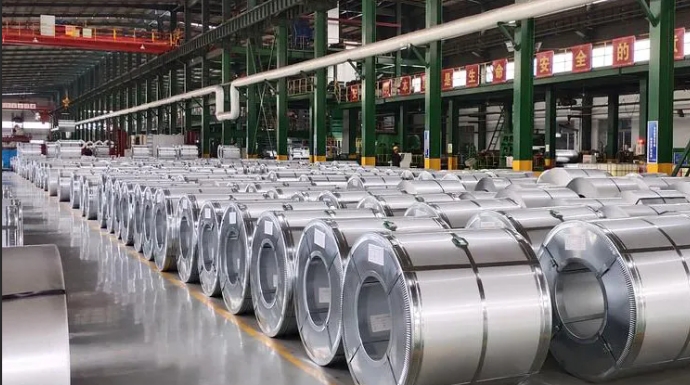
It is an essential and important refinement method in the iron and steel industry. It is a method that has a special effect in terms of fine tuning, alloying deoxidation or removing inclusions. In the development of new steelmaking technologies, the primary technical objective is actively developing different refining processes external to the furnace.
The wire core is composed of an outer sheath of steel and a layer inside of calcium metal or calcium alloy powder. The sheath protects the molten metal from evaporation. It must be strong enough to pass through the slag, reach the molten metal and not oxidize.
The melting point of alloy deoxidizers, such as calcium-iron, is low and they have a very light specific gravity. They quickly create bubbles when thrown in the molten metal, but cannot react at the deepest level of the steel. Slag that is generated by the cored steel melts at high temperature and then combines with the molten metal to reduce the oxygen, sulfur and inclusion composition. The slag is also used to prevent the cast-aluminum killed steel from clogging the nozzles and increases the mechanical strength of the finished product.

Solid calcium cored wire is the most common cored wire quality used by many steel plants. This wire is simple to feed and can be fed by existing sheath-feeding equipment. Both oxygen and electric arc melting can be performed with this wire. This cored wire is more powder-filled than most other types and performs better. Available in different diameters between 8 and 14 mm, it can also be provided with different contents of powder.
The chemistry of the steel melt and the oxygen in it is very complex, so the calcium is needed to create a chemical reaction that makes the slag turn solid faster, enabling the slag to separate from the molten steel more quickly. The slag is also richer in silica, phosphate and aluminates which improve the casting qualities of the resulting cast steel product.
To ensure that the steel molten alloy is properly deoxidized, desulfurized and alloyed, the cored steel wires were designed according to the specifications of foundries and steelmakers. This leads to a better quality of the castings and a reduction in the amount of slag generated in the foundry. The high quality of the cast products also contributes to better productivity and economic benefits for the iron and steel industry. The use of Hi-Cal(r) cored wires can significantly reduce the total amount of calcium addition in a steel plant by improving the efficiency and accuracy of the molten steel treatment process. In turn, this results in significant energy savings and an increased use of plant mineral resources. The addition of Hi Cal(r) to a ladle of 200 tonnes can lower the calcium requirements from 39kg per tonne molten iron down to only 15kg per tonne molten metal.

Write a Message